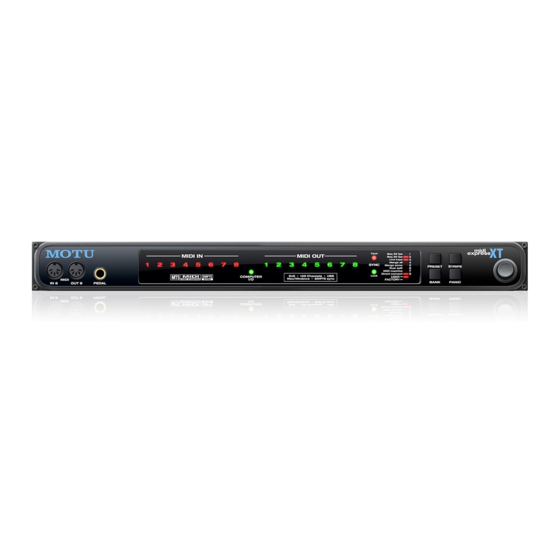
MOTU MIDI Timepiece AV Manuals
Manuals and User Guides for MOTU MIDI Timepiece AV. We have 1 MOTU MIDI Timepiece AV manual available for free PDF download: User Manual
MOTU MIDI Timepiece AV User Manual (182 pages)
for Macintosh USB MIDI Interfaces
Brand: MOTU
|
Category: Accessories
|
Size: 13.12 MB
Table of Contents
Advertisement
Advertisement
